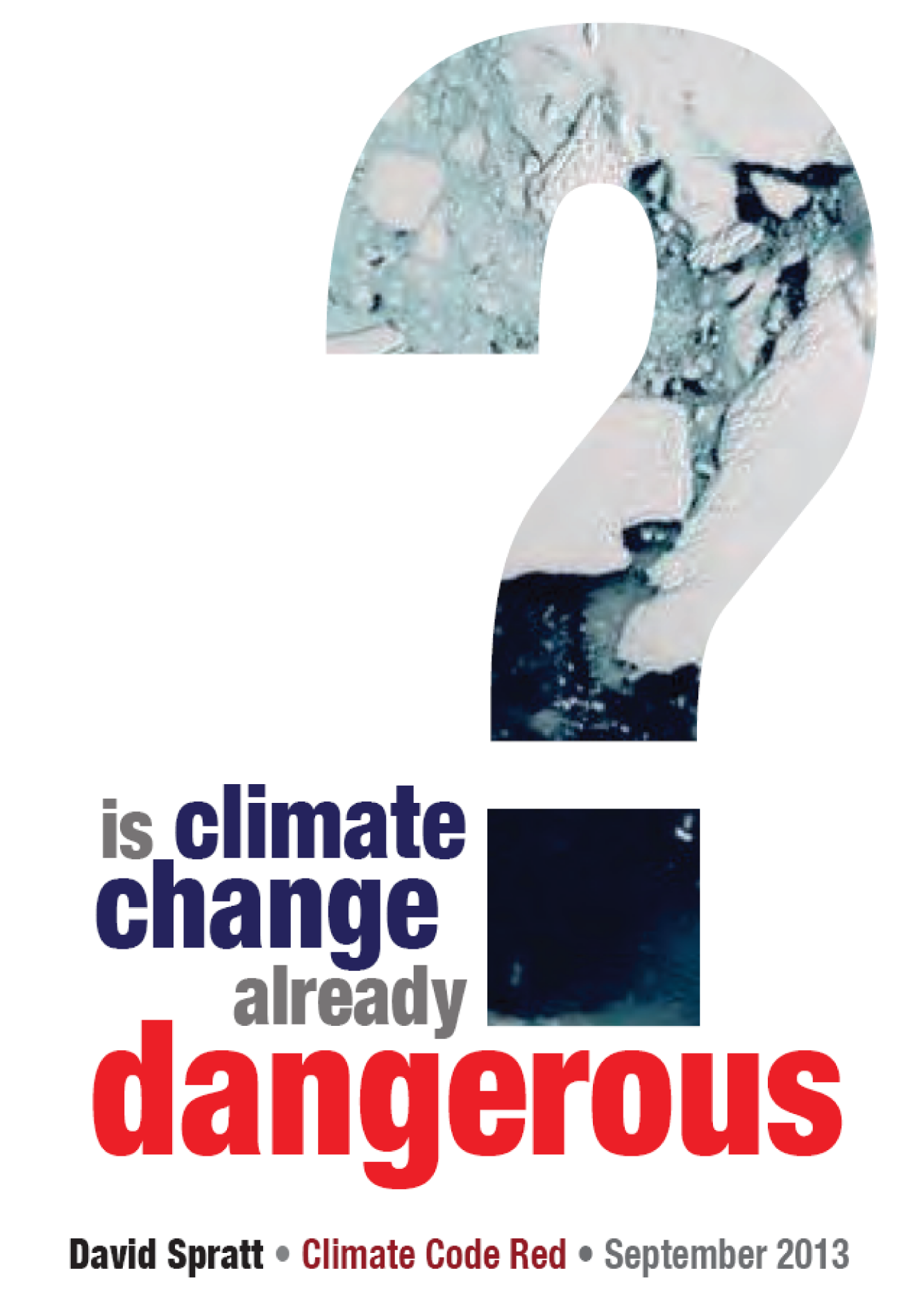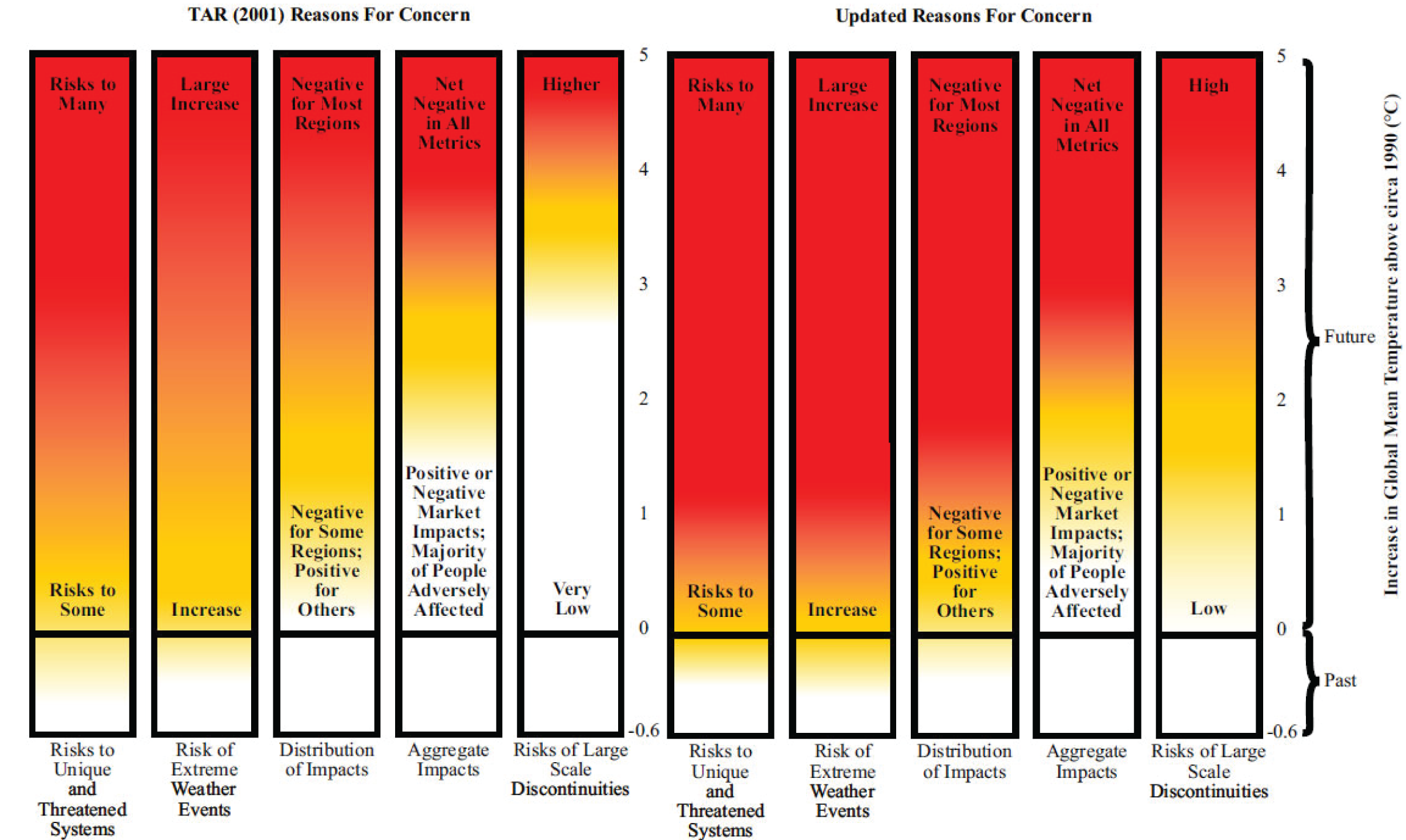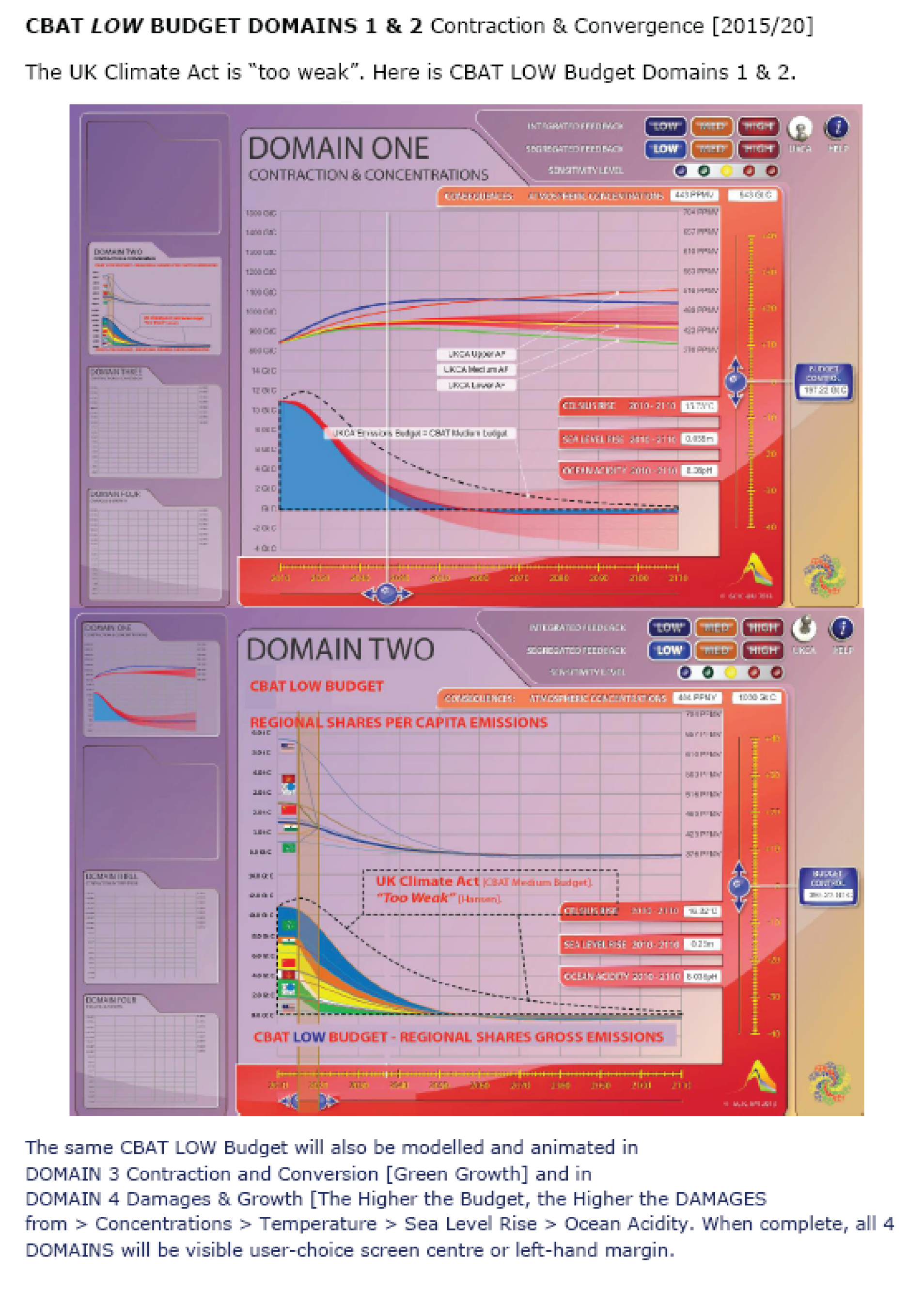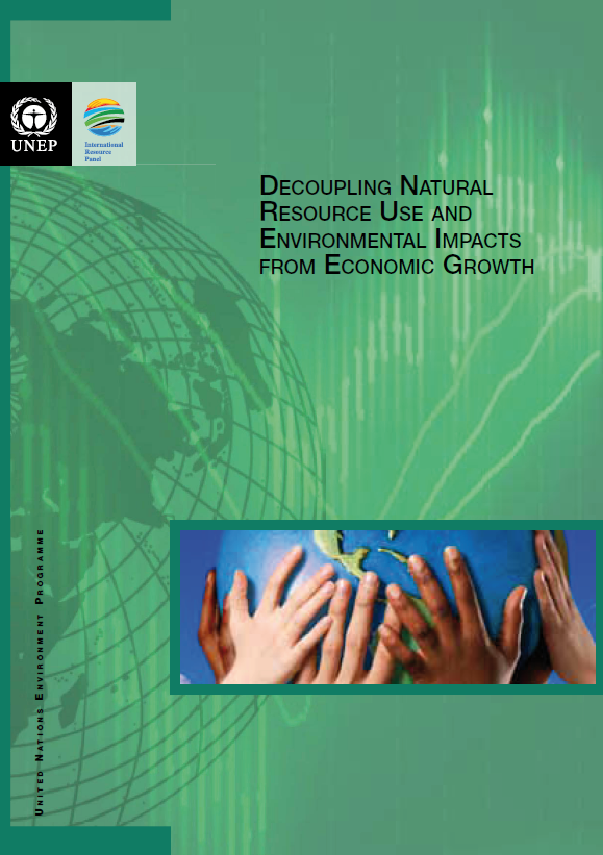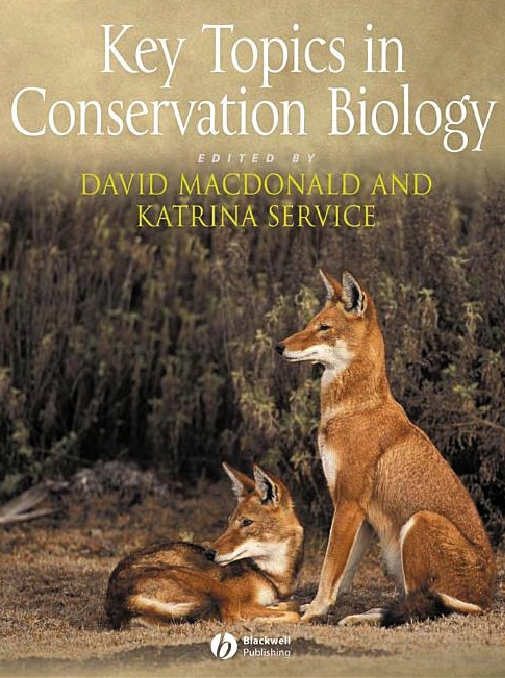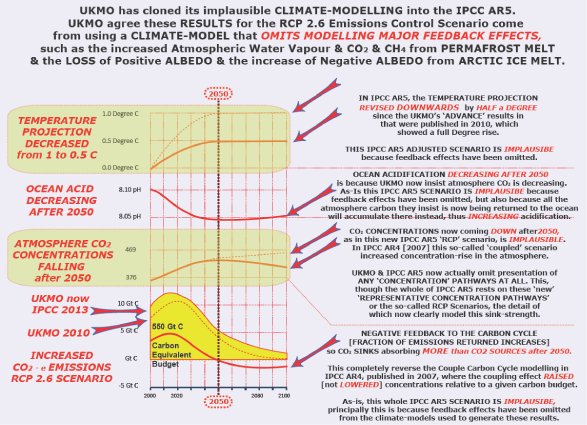 CBAT
CBAT NEWS
NEWS
Talks must start urgently on the world's "carbon budget" – the amount of greenhouse gas that can be poured into the atmosphere without triggering dangerous climate change – as without radical policies to cut emissions humanity will exceed the limit within 15 to 25 years, the world's leading climate economist has warned.
Lord Stern, the former World Bank chief economist and author of the landmark study of the economics of global warming, said the world faced a stark choice. On Friday, after days of deliberations, the world's leading climate scientists put a figure for the first time on how much carbon dioxide humanity can continue to pour into the air before overheating the planet. The stark conclusion of the Intergovernmental Panel on Climate Change was that half to two-thirds of the "budget" have already used up.Tim Yeo, a Conservative MP, said: "The publication of a carbon budget by the IPCC increases the urgency and importance of the UN process and of future CoP meetings. Work should start at once on the establishment of a fair apportionment of emissions country by country, based on the principle of Contraction and Convergence."
21 September 2013 - Climate Sensitivity, Sea Level rise & Atmospheric Carbon Dioxide; Hansen, Sato, Russell, Kharecha.
Cenozoic temperature, sea level and CO2 covariations provide insights into climate sensitivity to external forcings and sea-level sensitivity to climate change. Climate sensitivity depends on the initial climate state, but potentially can be accurately inferred from precise palaeoclimate data. Pleistocene climate oscillations yield a fast-feedback climate sensitivity of 3 ± 1◦C for a 4Wm−2 CO2 forcing if Holocene warming relative to the Last GlacialMaximum (LGM) is used as calibration, but the error (uncertainty) is substantial and partly subjective because of poorly defined LGM global temperature and possible human influences in the Holocene. Glacial-to-interglacial climate change leading to the prior (Eemian) interglacial is less ambiguous and implies a sensitivity in the upper part of the above range, i.e. 3–4◦C for a 4Wm−2 CO2 forcing. Slow feedbacks, especially change of ice sheet size and atmospheric CO2, amplify the total Earth system sensitivity by an amount that depends on the time scale considered. Ice sheet response time is poorly defined, but we show that the slow response and hysteresis in prevailing ice sheet models are exaggerated. We use a global model, simplified to essential processes, to investigate state dependence of climate sensitivity, finding an increased sensitivity towards warmer climates, as low cloud cover is diminished and increased water vapour elevates the tropopause. Burning all fossil fuels, we conclude, would make most of the planet uninhabitable by humans, thus calling into question strategies that emphasize adaptation to climate change.
Climate Sensitivity, Sea Level rise n& Atmospheric Carbon Dioxide
Hansen, Sato Russell & Kharecha
16 September 2013 - "Is Climate Change Already Dangerous" Climate Code RedApparently . . . .
The “burning embers” diagram of the third IPCC report in 2001 was revised and updated by Smith, Schneider et al. in 2009.
It will be updated again in the new 2014 IPCC report to include the colour purple to indicate worsening climate risks.
Climate Already Dangerous? provides five “reasons for concern”: -
- Risk to unique and threatened systems;
- Risk of extreme weather events;
- Distribution of impacts;
- Aggregate (total economic and ecological) impacts; and
- Risk of large-scale discontinuities (abrupt transitions, “tipping points”).
15 September 2013 - "UK Climate Act is too weak." James Hansen to Environmental Audit Committee - Try CBAT Domain 1In July James Hansen told the EAC Enquiry into the Adequacy of th UK Climate Act [UKCA] that the UKCA was ‘too weak: -
EAC Chair: -
We are undertaking an inquiry looking at the UK’s carbon budget regime, intermediate targets on the path to the UK’s statutory target to cut emissions by 80% by 2050. That UK carbon budget regime is based on the objective of limiting global temperature rises to 2°C. Is that still the right objective?
Professor Hansen: -
Well, 2°C is the limit. The community has agreed that 2°C is an upper boundary that we should avoid penetrating. I argue that the limit should be lower than that. We know that the last time the world was 2°C warmer was 120,000 years ago in the Eemian Period, and things were rather different then. The sea level was at least six metres higher.
From the earth’s history we know that, as the temperature has changed, the sea level has gone along with it, because ice melts when the planet gets warmer, and so the eventual response to 2°C warming is probably going to be a situation that is rather unacceptable.
There is no evidence that would indicate that that target is too ambitious. If anything, it is too weak.
CBAT LOW Budget is much nearer what he argues. Domain ONE in conjunction with CBAT Domain TWO, shown here.
11 September 2013 - "Equal Per Capita Shares is the 2nd Component of the prominent C&C Approach." CABOT Institue Bristol
Sharing the world’s natural resources
In discussions about climate justice, one particular question that receives a lot of attention is that of how to share the global emissions budget (that is, the limited amount of greenhouse gases (GHGs) that can be released into the atmosphere if we are to avoid ‘dangerous’ climate change). A popular proposal here is ‘equal shares’. As suggested by the name, if this solution were adopted the emissions budget would be shared between countries on the basis of population size – resulting in a distribution of emission quotas that is equal per capita. Equal shares is favoured not only by many philosophers, but also a wide range of international organisations (it is the second essential component, for example, of the prominent Contraction and Convergence approach).
09 September 2013 - C&C "Blessed are the environmentalists, for they shall inherit the earth." Christian Ecology LinkBlessed are the environmentalists, for they shall inherit the earth
Contraction and Convergence
I WAS TREMENDOUSLY EXCITED when I first read about Contraction and Convergence (C&C) in the Independent in May last year.Until then, I felt only despair about climate change. I could see the problem, see the solution – drastic reduction of energy consumption, and also see that it isn‟t happening. Depending on individual and corporate awareness and conscience is clearly not going to save the planet. But Contraction and Convergence, the idea of Aubrey Meyer, founder and director of the Global Commons Institute, is a simple, equitable and comprehensive global solution.
The idea is for an internationally agreed overall reduction (contraction) in greenhouse gas emissions until they stabilise at a safe level, in a way that is fair because allowable emissions are shared out by region and converge by a set date to the point where every person in the world has an equal share.More here
Blessed are the environmentalists, for they shall inherit the earth
Contraction and Convergence05 September 2013 - "Moderate C&C or Tough C&C?" UNEP Decopupling Report von Weizsacker Khosla reviewed Simonis
Decoupling
Over the last hundred years, the worldwide extraction of construction materials grew by a factor of 34, ores and minerals by a factor of 27, fossil fuels by a factor of 12, and biomass by a factor of 3.6. This expansion of consumption and the related production had profound environmental impacts: pollution, climate change, degradation of soils and water, loss of biodiversity, to name the more prominent ones. As a consequence, sustainability became a major local, national and global issue, and sustainable development an over-arching challenge. The International Resource Panel of the United Nations Environment Programme (UNEP) has applied the concept of ‘decoupling’ to this challenge.
In this report, the first of a series, two aspects of decoupling are differentiated, namely ‘resource decoupling’ and ‘impact decoupling’: i.e. decoupling is understood as using less resources per unit of economic output, and reducing the environmental impacts of resources used and economic activities undertaken. The authors focus on four categories of primary raw materials (chapter 1): ores and industrial minerals, fossil energy carriers, construction minerals, and biomass. For a long time, the steady increase in the use of these resources has been accompanied by continuously declining prices, leading to overuse of the resource instead of resource conservation. Only recently, some of the resources show greater price volatility, what makes the authors believe that a more rapid transition towards active decoupling lies ahead. They however concede that full-scale decoupling will not only require market reactions but changes in government policies, in corporate behaviour, and also in the consumption patterns of the general public.
Having reviewed the overall trends in the use of natural resources and the accompanying environmental impacts, in chapter 2 three future scenarios are being presented: (1) ‘business as usual’, leading to a tripling of global annual resource extraction by 2050; (2) ‘moderate contraction and convergence’, requiring industrial countries to reduce their per capita resource consumption by half the rate for the year 2000; and (3) ‘tough contraction and convergence’, freezing global resource consumption at current level, and converging industrial and developing countries. While none of these scenarios will lead to absolute global reductions in resource use and to environmental status quo, all indicate that substantial relative reductions in resource use will be necessary if the still growing world population is to expect a safe and decent life.
In chapter 3 technological and economic innovations are addressed as to their contribution to either resource saving and environmental conservation, or to expansion of resource use and worsening of environmental impacts. The authors hope that these self-contradictory, inconsistent effects can be overcome with system innovations, when in future decoupling is understood as the major challenge of sustainability management. The promise is made that future reports should validate this hope.
In chapter 4 decoupling is discussed regarding international trade. Here the key point is that many imported resources are subsequently exported as manufactured goods, which may be interpreted as shifting part of the responsibility for decoupling to the ultimate consumer. This point is of growing importance, as internationally traded materials increased from 5.4 Gt in 1970 to more than 20 Gt recently, complicating the issue of decoupling by obscuring responsibility for it.
While many readers will appreciate these and other theoretical considerations on the decoupling concept, others will especially appreciate the four case studies that follow (chapter 6 to chapter 9). Germany, South Africa, China, and Japan are being investigated here, not with the same methodology but under the same objective: to find out whether decoupling has taken place or not.
The results vary to a great extent, not only because resource decoupling and impact decoupling received different social priority, but also because the concepts were used in quite different ways in the respective countries. Some relative decoupling was happening, but absolute resource use reductions were a rare exception. While the two industrial countries (Germany and Japan) had some kind of strategy but only modest successes in absolute decoupling, the two developing countries (China and South Africa) pursued no tangible strategy of absolute decoupling.
The report is - the authors are - very cautious regarding major policy implications or any concrete policy advice. To make decoupling effective worldwide certainly needs more than just trust in the market forces. As this report was announced as the first in a row, as an introduction to the general theme, in the not too distant future we than may see a report on the politics and policies of resource and impact decoupling.
It certainly would be good to know more about the easy and early chances of relative decoupling and about the ultimate conditions for absolute decoupling of resource use and environmental impacts from the future growth of the world economy, and of any national economy. Meanwhile, one would like to see this UNEP-Report widely discussed in academia, in management schools, and in the knowledgeable and interested public.
Source: - Professor Udo E. Simonis 2012
05 September 2013 - "C&C a widely accepted proposal." Key Issues in Conservation Biology David McDonald & Katrina Service
Unfortunately the Kyoto protocol as currently implemented only achieves a modest (2–5.2%) reduction in emissions, whereas to stabilize the climate at, for example, twice the pre-industrial levels of greenhouse gases, would require a 60% reduction in worldwide emissions. Even with such dramatic reductions, the planet would still experience some warming with associated impacts on ecosystems. The scale of mitigation requires not only aggressive reductions by the USA, but also the participation of major developing countries such as China, India and Brazil, whose current development paths will produce significant emissions over the next 50 years. The developing world is reluctant to reduce its energy use and development when they perceive the profligate per capita consumption of developed countries (see Chapter 18).One widely accepted proposal is to stabilize emissions at 450 ppmv through a process of ‘contraction and convergence’, permitting the developing world to grow economies and emissions while the developed world reduces emissions so that the two converge at a roughly equal per capita allocation by 2050 or 2100, perhaps as a result of trading in carbon permits. But given the wide range in current per capita emissions, from less than 1 ton per capita in most of Africa to more than 20 in the USA (2002 data ), such convergence will prove hard to achieve in a world with such vast differences in consumption and lifestyles.
Key Topics in Conservation Biology
David McDonald Katrina Service05 September 2013 - "A more equitable agreement will be based on C&C." Ashok Khosla Development Alternatives & Chair IUCN
The Problem
The changes occurring today in our climate systems may well pose the greatest threat that life on our planet has ever faced. The United Nations Framework Convention on Climate Change (UNFCCC), signed at Rio de Janeiro in 1992 already recognized that such a threat could be addressed only through concerted, large-scale action by the entire international community. Subsequent findings by the International Panel on Climate Change (IPCC) and others have alerted us to the alarming acceleration taking place in climate change processes and have highlighted the need to address them with the highest priority and with an urgency measured in time scales that are now down to years, not decades.
Yet, the current state of negotiations among nations to deal with climate change is still stuck in an endless game of passing the buck from one to another. Among industrialised countries, the disagreements largely relate to issues of establishing somewhat superficial and temporary advantages, such as choice of baselines and reference dates, acceptable CO2 emission targets, time horizons, etc. Between the rich countries and the poor, the disagreements are slightly more fundamental such as historical responsibility, fairness, per capita rights, acceptable tradeoffs between economic “growth” and emissions, etc. Given the entrenched positions and the strength of vested interests, there appears to be little incentive for opposing parties to come to the negotiating table with a common basis for agreement on even minor issues – other than the need to keep the discussion going. At stake are heavy economic, political and security issues underpinned by the deep commitments of nations and societies to maintaining their respective “way of life” – defined primarily by their lifestyles, consumption patterns and production systems. Supporting these commitments is the firmly held conviction of their political and corporate leaders that changes in this way of life are not acceptable to their electorates or customers, and should such changes become necessary, they ought at best to be the responsibility of others, elsewhere, or at worst introduced at the domestic level gradually and very slowly.
The Solution
These views led, in the mid-1990s, to the adoption of the Kyoto Protocol, the agreement among nations to cut their respective energy consumption (and thus greenhouse gas emissions) progressively down until they reached an acceptable level. Low-income countries were temporarily exempted from these cuts. Given the gross disparities in energy use that exist among countries, and the accumulated emissions that different countries had been responsible for over the past couple of centuries, a fairer and more equitable agreement would presumably have been based on what has since come to be called contraction and convergence, aiming to bring, over a reasonable time period, the per capita emissions of all countries to a common level that is below the threshold that could cause unacceptable climate change.
However, given the asymmetries in negotiating strength in international fora, the agreement actually adopted at Kyoto specified each party’s obligation in terms of how much it must reduce its carbon dioxide emissions in comparison with the levels that existed in that country in the year 1990. The Kyoto Protocol is an unusual instrument of international law, operating on a principle – requiring each party to make a percentage-based reduction in existing consumption levels – that actually perpetuates the gross inequalities of energy consumption among nations. The logic of this approach leads to the need to define “baselines”, “additionality” and other concepts all of which introduce large amounts of ambiguity, room for interpretation and ad hoc reasoning, usually biased in the direction of short-term self-interest.
Raising the Quality of Human Life – A Least Cost Route to Reducing Carbon Emissions Insights from a System Dynamics Model
Karan Khosla (EarthSafe Enterprises) & Ashok Khosla (Development Alternatives, Club of Rome & IUCN)
04 September 2013 - IPCC AR5 Summary Results for Policy-Makers from models that omit feedback effects e.g. Permafrost Melt04 September 2013 - "UN climate-talks stalemated; Central Bankers could convene C&C." Mike Sandler Huffington Post Business
While the UN climate talks remain stalemated, the world's central bankers could convene and almost unilaterally begin implementing contraction and convergence toward per capita equity in greenhouse gas emissions.The next Fed Chair will need to be more than another insider bureaucrat. She will need to be an action hero who can kill zombies (i.e. Milton Friedman clones) and save the planet. Sounds like a movie starring Milla Jovovich (as Janet Yellen?). Forget fantasy football, it's time for fantasy central banker.
Mike Sandler Huffington Post BusinessFollow @aubreygci Tweet
UNFCCC C&C Submission - Support for Submission

